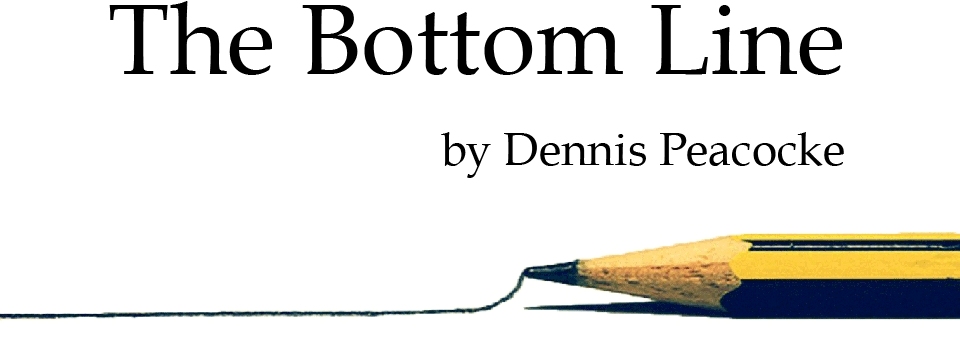June 2013
“For a will takes effect only at death, since it is not in force as long as the one who made it is alive.” –Hebrews 9:17 (ESV)
Death does not always relate to the actual end of a life, in a physical sense. Ideas can die, relationships can die, habits can die, and so can projects or perspectives. In fact, our lives are filled with a slow-but-constant set of things “dying” as we move through the various stages of life. The issue is not what is dying, but rather that which has passed from our lives.

Caterpillars die when they leave a cocoon and fly away, transformed into butterflies—so do tadpoles as they morph into frogs. Nature is full of this side of God’s creative use of death that leads to new and transformed life. Indeed, the seasons of the earth are in a constant cycle with summer burning out into fall, fall transitioning into winter, and winter resurrecting the landscape into spring. This process is so constant, that it eludes us until the process itself touches some particular part of or personal lives or relationships. Death is, indeed, a passage into some form of transformation.
The question then becomes, “What kind of transformation is emerging from this cycle in our lives or the lives of the organizations we are immersed within?” Yes, organization—like nature and our personal lives—has cycles of death and rebirth within it as well. Wise leaders, counselors, and analysts understand this phenomena-cycle, and if they are “on their game,” help people and organizations properly relate to these times of death-life transition and maximize what is to be gained from them.
When we resist this process of impending death, we set ourselves up to block the process of new transformation. Death must be “midwifed,” so to speak, and gently carried into the new life that waits on the other side. Leaders, especially, can do real damage to their organizations and those looking to them for direction if they attempt to stop this cycle instead of seeking God for what is in the new.
Jesus managed this process brilliantly as He both predicted and moved into the cross and death while trying to open the eyes of His disciples to the resurrection on the other side. They, on the other hand, mostly managed it poorly, or not at all. Peter, their leader, was a spectacular failure. His total unawareness of this death-transformation process caused him to both betray the Lord and temporarily lose his own total investment he had sacrificed for the last three years of his journey with Jesus.
Our nation and, indeed, many aspects of our lives are now gripped in the drama of a death cycle. So are parts and portions of what we have called “the church.” We must not try to hold on, as much as try to prepare and “midwife” what God is bringing us to shape and embrace. May those who understand this gather and prepare. It is happening, and that is… THE BOTTOM LINE.







